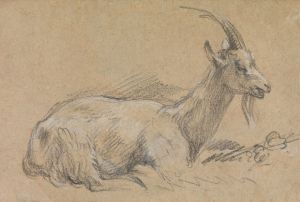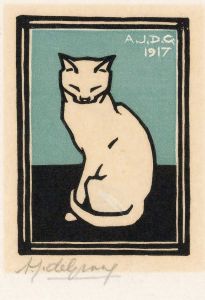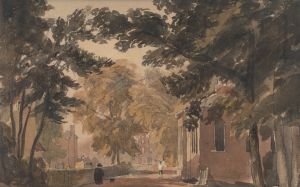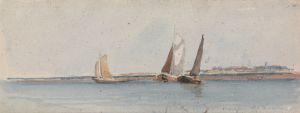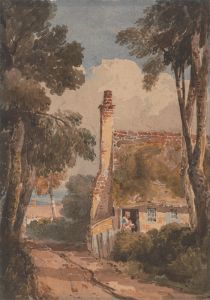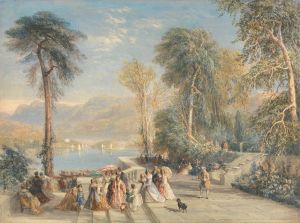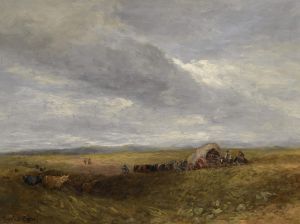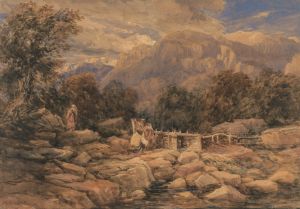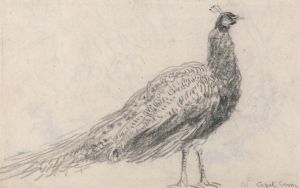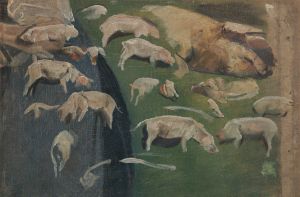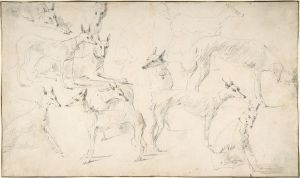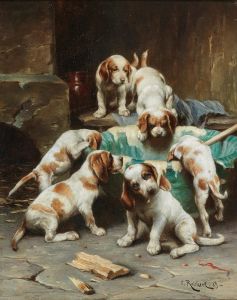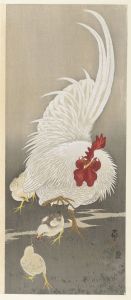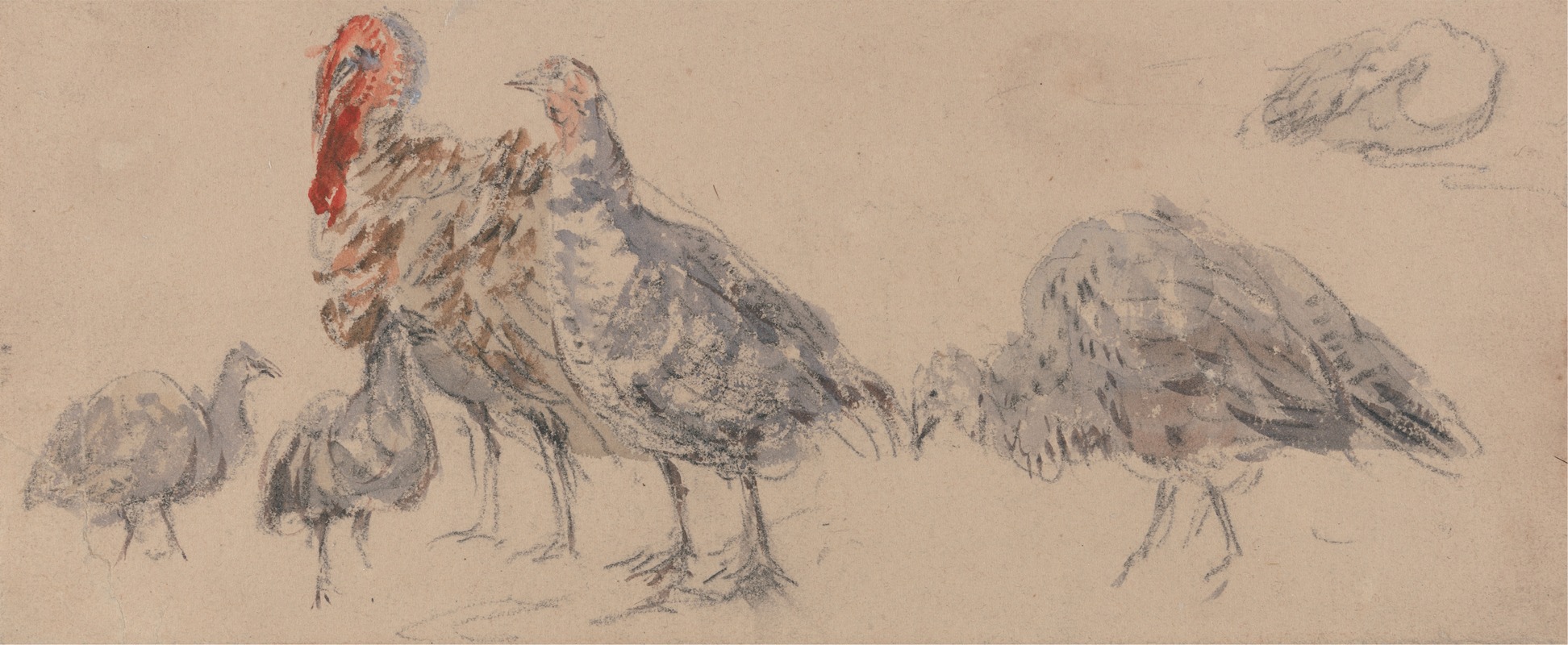
Study of Turkeys
A hand-painted replica of David Cox’s masterpiece Study of Turkeys, meticulously crafted by professional artists to capture the true essence of the original. Each piece is created with museum-quality canvas and rare mineral pigments, carefully painted by experienced artists with delicate brushstrokes and rich, layered colors to perfectly recreate the texture of the original artwork. Unlike machine-printed reproductions, this hand-painted version brings the painting to life, infused with the artist’s emotions and skill in every stroke. Whether for personal collection or home decoration, it instantly elevates the artistic atmosphere of any space.
David Cox (1783–1859) was a prominent English landscape painter of the 19th century, known for his contributions to the development of watercolor painting. One of his notable works is "Study of Turkeys," which exemplifies his skill in capturing the essence of rural life and nature.
"Study of Turkeys" is a watercolor painting that showcases Cox's keen observation and ability to render animals with a sense of vitality and character. The painting depicts a group of turkeys in a natural setting, likely a farmyard or rural landscape, which was a common theme in Cox's work. The turkeys are portrayed with meticulous attention to detail, highlighting their feathers, posture, and the interaction between the birds.
David Cox was born in Birmingham, England, and began his artistic career as a scene painter for the theatre. He later transitioned to landscape painting, where he found his true calling. Cox was a member of the Birmingham School of artists and was heavily influenced by the picturesque movement, which emphasized the beauty of natural landscapes and rural scenes.
Throughout his career, Cox traveled extensively across the United Kingdom, capturing the diverse landscapes of Wales, England, and Scotland. His works are characterized by their loose brushwork, vibrant colors, and atmospheric effects, which were innovative for their time and contributed to the evolution of watercolor painting.
"Study of Turkeys" reflects Cox's ability to combine his landscape skills with animal studies, creating a harmonious composition that draws the viewer into the scene. The painting likely dates from the mid-19th century, during a period when Cox was at the height of his artistic powers. His works from this time are celebrated for their spontaneity and freshness, qualities that are evident in "Study of Turkeys."
Cox's influence extended beyond his own work; he was also a respected teacher and mentor to other artists. His approach to watercolor painting, with its emphasis on capturing the transient effects of light and weather, inspired a generation of painters who followed in his footsteps.
Today, David Cox's paintings, including "Study of Turkeys," are held in high regard and can be found in major art collections and museums. His contributions to the art of watercolor painting have cemented his place in the history of British art, and his works continue to be studied and admired for their technical mastery and evocative portrayal of the natural world.
In summary, "Study of Turkeys" by David Cox is a fine example of the artist's ability to depict rural life with precision and charm. It stands as a testament to Cox's skill as a watercolorist and his enduring legacy in the world of landscape and animal painting.






